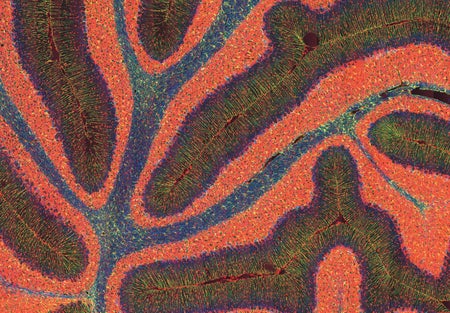
Some Brains Don’t Rot. Here’s Why
Misfolded proteins may preserve postmortem brains well after other tissues have decayed

Some Brains Don’t Rot. Here’s Why
Misfolded proteins may preserve postmortem brains well after other tissues have decayed

These Hornets Can Thrive on Just Alcohol without Getting Buzzed
Social wasps can hold their liquor

Read all the stories you want.

This Is the Most Exciting Rock Ever Found on Mars
Mysterious “leopard spots” on a Martian rock could be evidence of extraterrestrial life—or of mere lifeless chemistry. Finding out the truth may require bringing the rock back to Earth

From Stupor to Sober with One (Hormone) Shot
Injection of a hormone called FGF21 rapidly revives intoxicated mice.

This Biophysicist 'Sun Queen' Harnessed Solar Power
Hungarian-American biophysicist and inventorMária Telkes illuminated the field of solar energy. She invented a solar oven, a solar desalination kit and, in the late 1940s, designed one of the first solar-heated houses

Cells Discovered Making ‘Dark Oxygen’ Underground
A chemical trick for making oxygen can sustain whole underground ecosystems

Lab-Made Motors Could Move and Glow in Cells
Minuscule motor molecules could emit light as they journey into cells

AI Predicts What Chemicals Will Smell like to a Human
A new computer model “maps” odor molecules to differentiate among those that have meaty, powdery, sweet and many other scents

How to Brew the Perfect Cup of Coffee, According to Science
A mathematical model reveals the best way to achieve consistently tasty espresso

‘Superworms’ Eat—and Survive on—Polystyrene
Identifying the gut microbes in plastic-munching beetle larvae illuminates bacteria that could help degrade plastic waste

Soil Microbe Could Clean Up Nuclear Waste
A bacteria-produced protein could help snag, detect or filter radioactive particles

See Strands of Ice That Look like Hair Build up on a Dead Tree Branch
This mesmerizing ice formation has befuddled scientists for a century